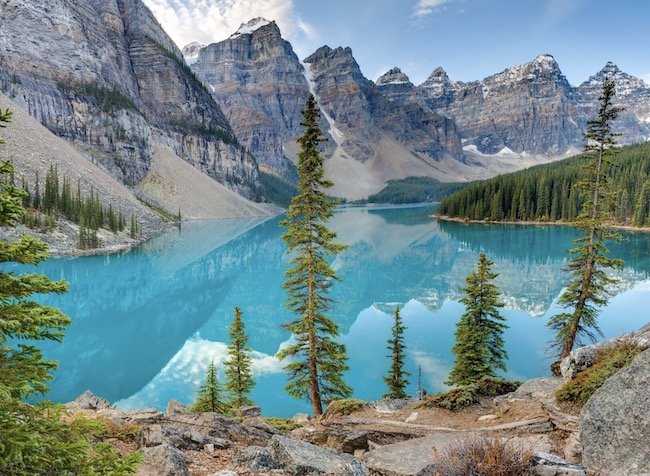Several glacial lakes with captivating turquoise-coloured water exist throughout the world. This natural phenomenon can be found in Norway, Chile, and New Zealand. Canada’s Lake Louise, one of the finest examples of these intensely-coloured waters, has attracted tourists for decades. Due to its glacial formation and proximity to rock-faced mountains, Lake Louise is full of rock flour, powder-like mineral particles deposited by meltwater. The lake’s surrounding bedrock provides a constant supply of quartz and feldspar that help create the turquoise effect. Rock flour can enter the water by draining off nearby rock faces and by travelling through streams that feed the lake. Yearly lake freezing also encourages cracking in the lake bed during the spring, releasing additional rock flour. The sunlight reacts with the particles floating in the water to create the unique colour. The opacity of that colour will change with the density of the rock flour.
Recently, scientists have become concerned about the decreasing amount of rock flour in certain glacial lakes. Rolf Vinebrooke, a biology professor at the University of Alberta, says, “With glaciers shrinking or disappearing altogether, the amount of rock flour flowing into mountain lakes is diminishing, so we’re seeing these lakes take on a translucence or pure blue hue.” Further studies are underway.
